When hunting, shooting or engaging in outdoor activities, have you ever stood in front of a target, hesitating whether to raise the scope or press the rangefinder? On the surface, both rangefinder and scope seem to be tools for "viewing", but they have essential differences in terms of functions, usage methods, and even applicable scenarios.
Many first-time users will face a common problem: How exactly to use these two devices and when to use them? If you have similar confusion, you might as well keep reading.
What Is Rangefinder? How Should It Be Used Correctly?
The core function of Rangefinder is to measure the distance between you and your target. The most common type is a laser rangefinder. It emits a laser beam, hits the target and returns. The distance data is obtained by calculating the round-trip time of the laser.
Steps Of Usage
1. Turn on the device: Most electronic rangefinders have a power button. Press it to activate the screen.
2. Align with the target center: Align the crosshair in the eyepiece with the target you want to measure.
3. Press the distance measurement key: It is usually another button on the device. Hold it down or tap it lightly to read the distance to the target.
4. Reading the value: Distance information will be displayed on the screen, and the unit can usually be switched between meters and yards.
5. Adjust your shooting or movement strategy based on distance: This step is extremely crucial. Ranging is just the first step; the key lies in how you utilize this data.
Suggestion
- Avoid using the laser in rainy or foggy weather as it may be disturbed.
- When measuring distance, make sure the surface of the target is relatively "hard", as tree trunks or rocks are more likely to reflect the laser.
- It is not recommended for continuous aiming. It is only used as an auxiliary tool for judging distance.

What Is Scope? And How Should It Be Used Correctly?
The main function of Scope is to magnify distant targets and assist you in precise aiming. The Scope does not have a distance measurement function, but it is an indispensable tool in hunting or shooting.
Steps Of Usage
1. Installation on weapons or stands: Scope usually needs to be fixed on firearms or tripods.
2. Adjust the focal length and magnification: Adjust the clarity according to the distance of the target to ensure there is no glint in the picture.
3. Aim at the target and observe the position of the crosshair and the target: The crosshair is the core of your aim. Make sure to align it with the key points of the target.
4. Correct trajectory or deviation (Advanced Usage) : Fine-tune the aiming point according to wind speed, distance and other conditions.
5. Strike or record the observation results.
Suggestion
- Make sure to complete the Zeroing calibration before use; otherwise, the aiming error will be large.
- Beginners are advised to use a fixed-magnification scope, which is easier to get started with.
- Be aware of glare or visual fatigue when observing for a long time.

Rangefinder Vs. Scope: When To Use Which One?
This is the most common question raised by users. The following scenarios might inspire you:
|
Usage Scenario |
Recommended Tool |
Reason |
|
You don’t know how far the target is |
Rangefinder |
Quickly provides accurate distance for better decision-making |
|
You know the approximate distance and are ready to aim |
Scope |
Magnifies the target and helps with precise aiming |
|
Shooting in areas with elevation changes |
Rangefinder + Scope |
Measure distance first, then adjust your aim accordingly |
|
Observing the environment without firearms |
Rangefinder or Binoculars |
Helps assess terrain and target distribution efficiently |
Can These Two Be Used In Combination?
The answer is yes! Many experienced users will carry a combination of rangefinders and scopes, and even choose high-end scopes with integrated laser ranging functions. This type of equipment not only enhances efficiency but also reduces operational complexity, but the budget is relatively higher.

Misunderstandings To Avoid: Don't Confuse These Two Tools Any Longer
- Rangefinder is not a aiming tool. Do not attempt to use it to lock onto a target for firing.
- Scope cannot measure distance unless you have a special model with a distance measurement scale.
- Judging distance only by the naked eye is prone to deviation due to environmental interference.
The End
In practice, rangefinder and scope are two complementary tools. The former helps you understand the target distance, while the latter assists you in achieving precise aiming. Choosing the wrong tool may lead to low efficiency, failed shooting, and even waste of physical strength and time.
So, the next time you stand in the wild facing a distant target, you might as well ask yourself a question first: Do you need to "know where the target is" or "hit the target" now?
Mastering their correct usage will make each of your operations more confident and effective.

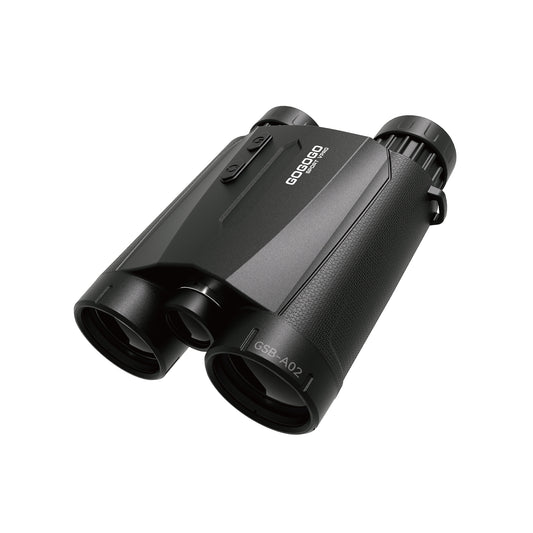
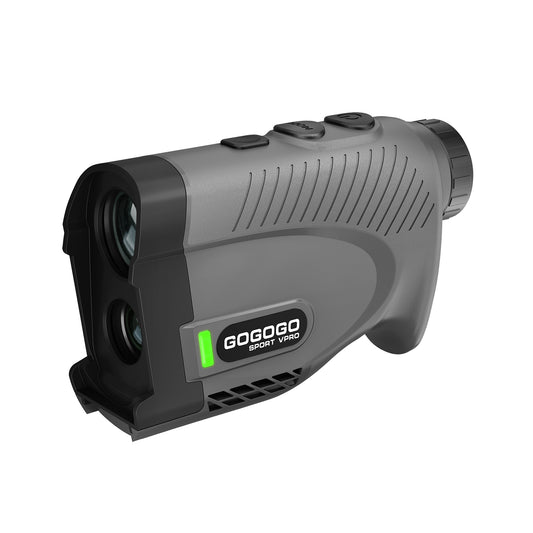
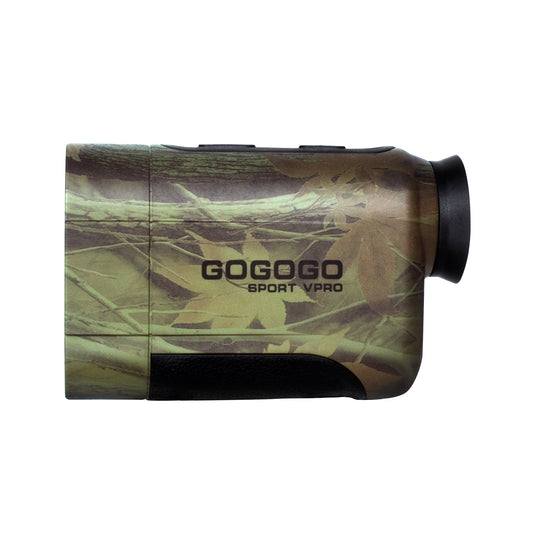
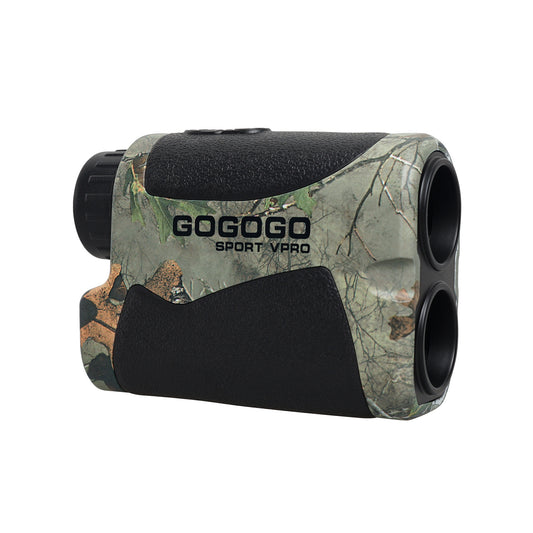
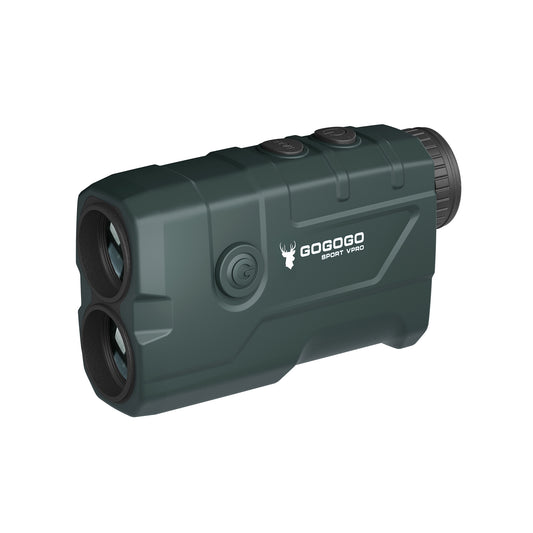
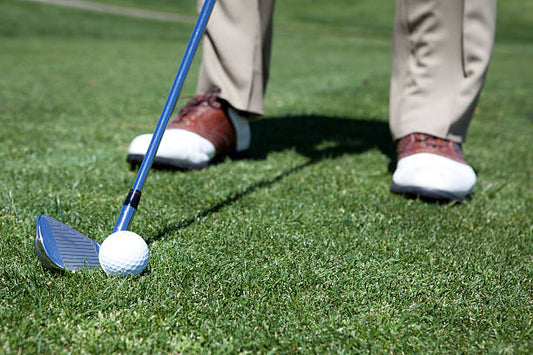
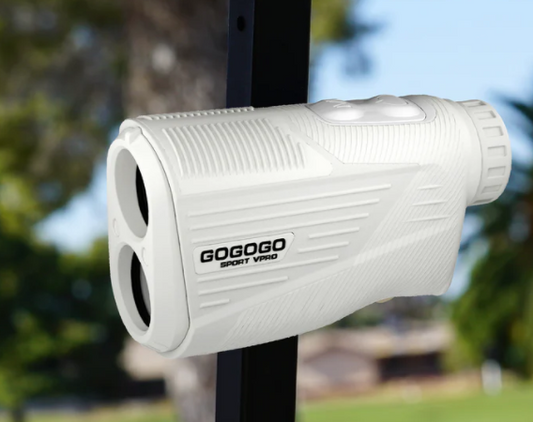

![[2025] The Ultimate Guide to Pinseeker Rangefinders for Golfers](http://gogogosport.com/cdn/shop/articles/gogogo_sport_vpro_pinseeker_rangefinder.png?v=1757993796&width=533)